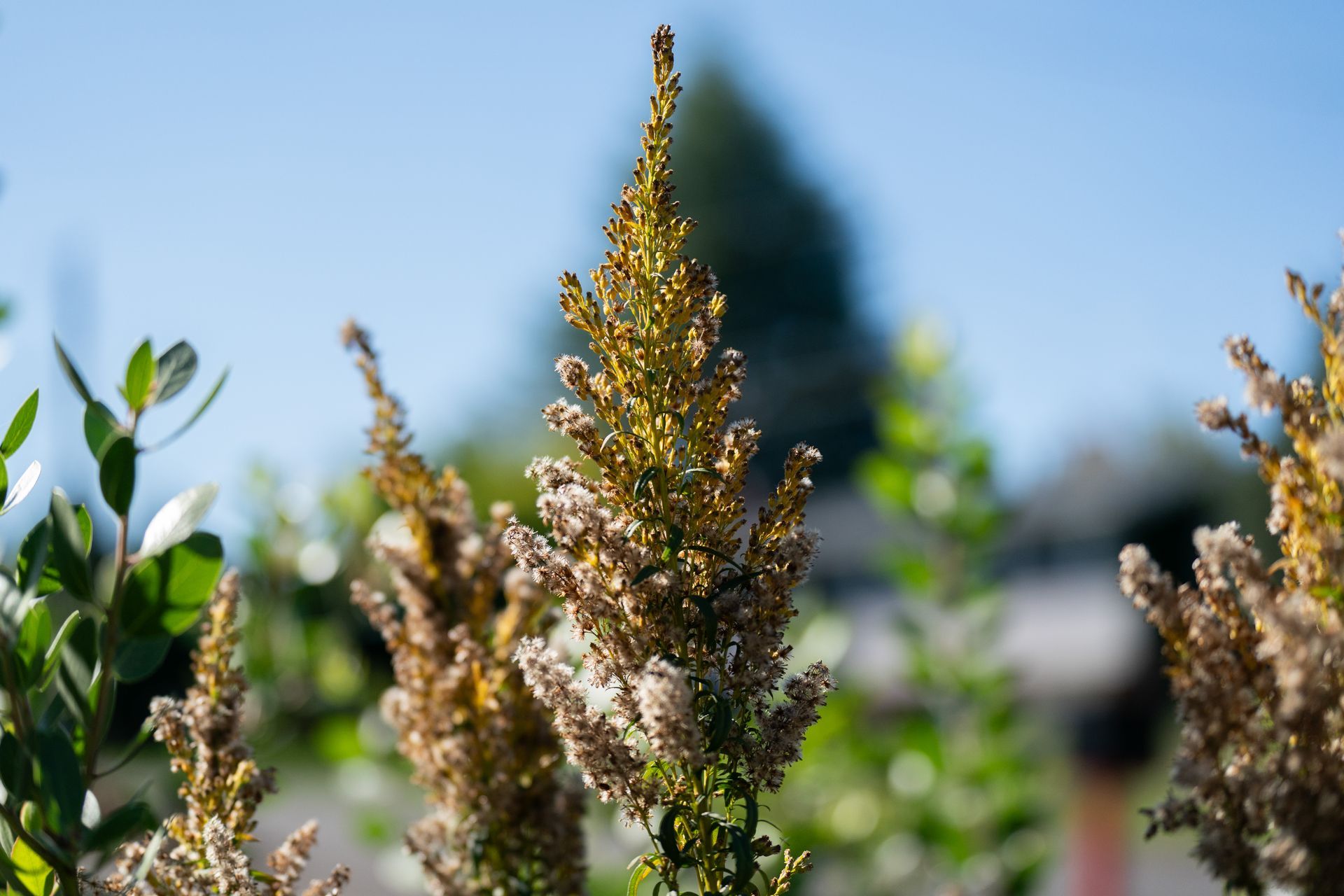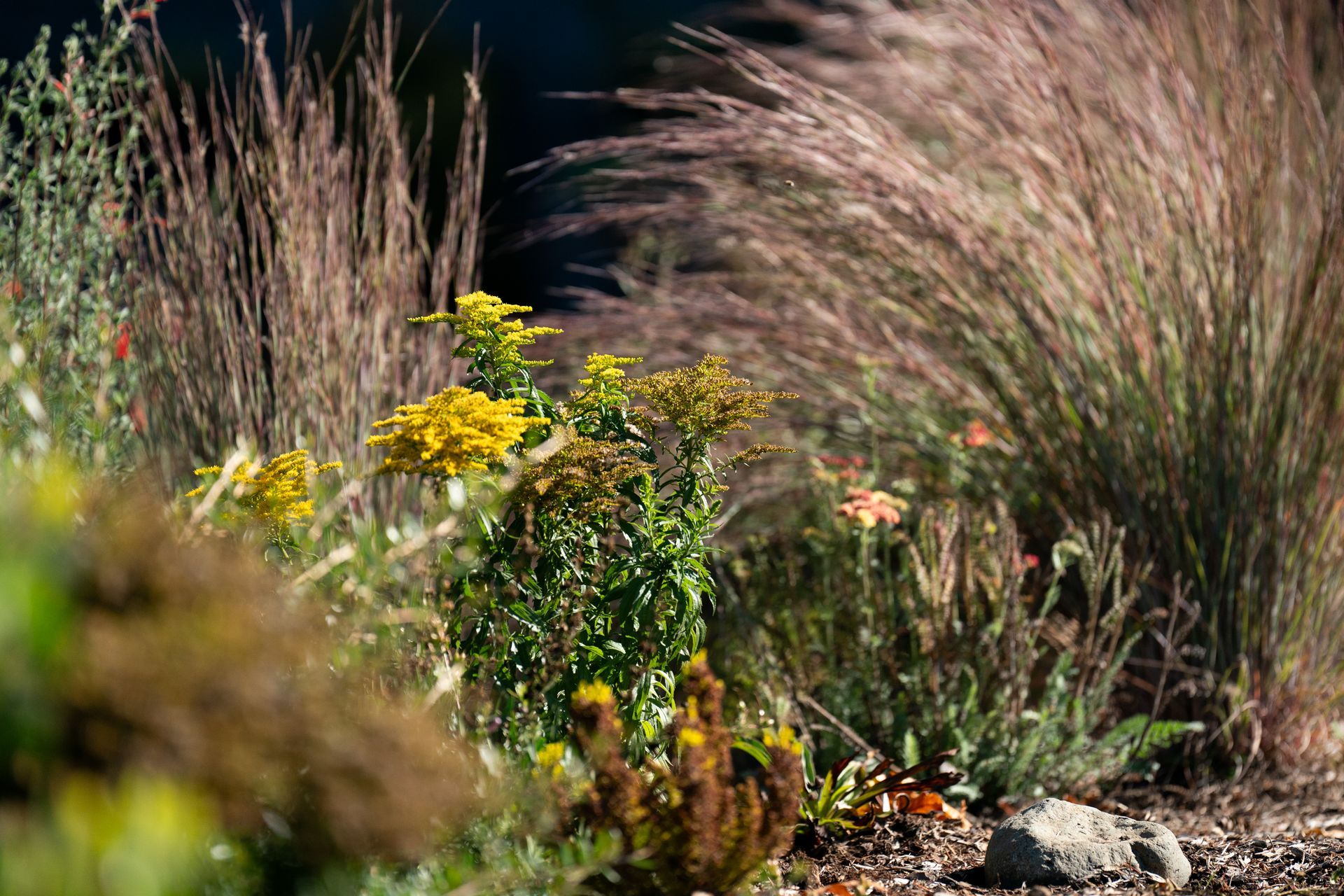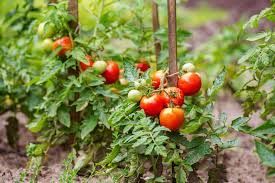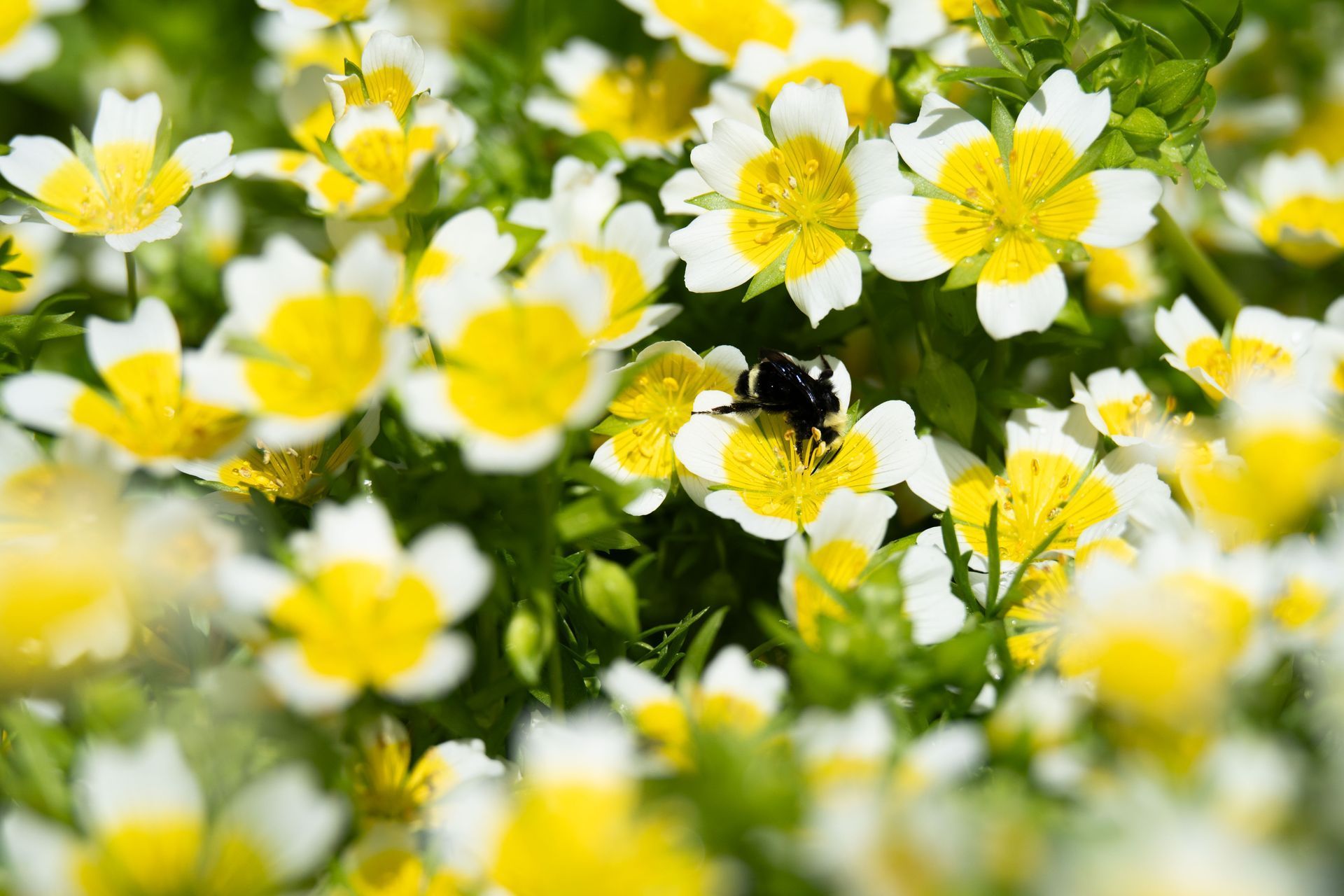Garden Ruminations

Gardening with Phil - Phil Thornburg (Owner and Lead Designer)
It is a normal busy Monday, clients have called in with challenging questions, employees have expressed concerns, my ‘to do’ list is quite long and pressing, I notice that I still have 46 more emails to follow up. Yikes!
I regularly get up at 5 am to be ahead of my employees. Which makes for a long morning by the time 11 am rolls around.
My Fitbit reminds me that I have not moved from my desk for an hour. I feel antsy. As I peer out around my computer through my window, I see that the sun is shining out there in the real world and my trusty plant friends are beckoning me to come out and spend some time.
I kick off my slippers, put on my clogs and walk out into the fresh air. Immediately I hear the Chickadees and Towhees calling, the air is a divine sweet perfume with the scents of Viburnum and Daphne. As I walk down the path, I see an annual bluegrass impudently springing up in the gravel, I stop and squat to put it to death but I see more, I stay a while, pulling all of the baby grass starts, throwing them into the waiting black weed pot.
I get up and walk over to the yellow café table and chairs for a few minutes, they invite me to sit down and I do so with a deep sigh. I listen to the gurgle of the waterfalls from the water feature, and stretch out, relaxing!
I close my eyes, my cares are gone for some moments, the sun glows pink through my eyelids.
I feel the urge to pinch off some of the wild shoots on the Deciduous Azalea that is reaching out into the path not far from me. As I finish, I look at my watch, it has been 7 minutes and it is time to get back into the office.
It is amazing to me the sense of well being and enjoyment that I can receive from 7 minutes in my garden, doing things that need to be done. It has refreshed me on a busy MONDAY!
Retreat and Respite, that is what I think about when I think of going out into my garden, my yard, my landscape!
How could I run my business or even live my life without it!
Miriam's Check In - Miriam Bock (Designer)
Super Woman Gardener - Serenity Coloumbe (Designer)
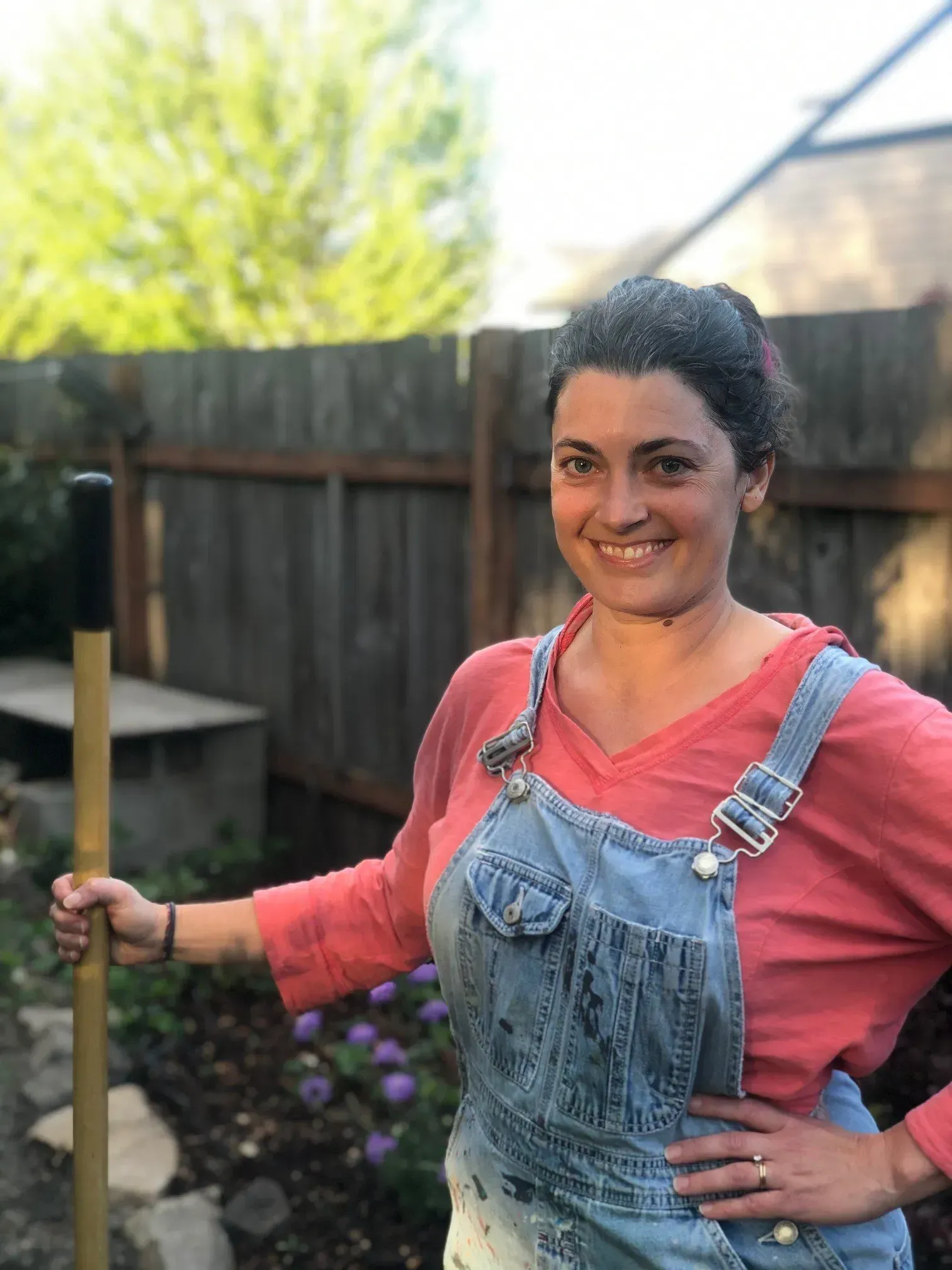
Working in the garden is like stepping into a different realm. I hear birds chirping, someone else’s kid screaming and the wind blowing my hot mess away. A quieter realm that allows space for thinking and being. I instantly have special powers to create and change scenery in a matter of an hour or two…or three. All I need is my super overalls, orangey-colored shirt and garden clogs. Honestly, you can find me rustling in the shrubs and the dirt, saving plants from the clutches of weeds at any time of the week in ANY outfit. But that particular outfit, previously described, is like my version of stepping into a telephone booth and stepping out as none other than….SuperWomanGardener.
The Garden. This is where I recharge my spirit. My family giggles at me in my SuperWomanGardener outfit and my inability to keep track of time while I’m doing my thing. They laugh and they know that this is their mom who loves them deeply and has a place to go to love herself and her Creator. It is the realm where my spirit, mind and body work together and have fun together. With my dog and cat in tow, “helping”, I imagine myself entering into a Holy space in my overalls.
Our tiny, hormonal, explosive home needs a mom who loves to get her hands dirty and talks to plants. During this time of quarantining and practicing things that we have never practiced; I hope that you can also find a place to recharge. Someday our children will remember our example and do the same.
Thanks, Dad!
